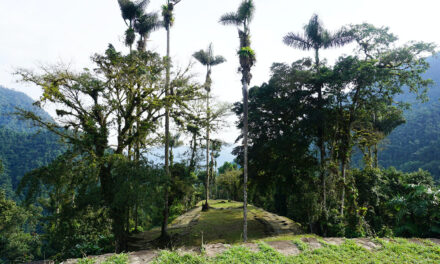Nestled in Sacramento County, Citrus Heights boasts a vibrant history that mirrors California’s dynamic growth.
From its humble beginnings to becoming a thriving suburban city, Citrus Heights’ story is one of transformation, resilience, and community spirit.
The Early Days: From Native Land to Agricultural Haven
Native American Beginnings: Before the arrival of European settlers, the area that is now the Maidu Native Americans inhabited Citrus Heights. They utilized the land’s abundant resources, living in harmony with the natural environment.
Agricultural Transformation: With the advent of settlers, the region became a farming hub, primarily known for its bountiful citrus orchards. The fertile soil and favorable climate made it an ideal location for growing citrus fruits, giving the city its name.
The 20th Century: Growth and Development
Suburban Expansion: The post-World War II era marked a significant shift in Citrus Heights—the demand for suburban housing led to rapid development. Farms gave way to homes, schools, and businesses, shaping the city’s modern landscape.
Incorporation and Independence: In 1997, Citrus Heights officially became a city. This move provided more local control over development and services, sparking a new chapter in its history.
Community and Culture: The Heart of Citrus Heights
Strong Community Bonds: Citrus Heights is known for its strong sense of community. Local events, such as the annual Red, White, and Blue Parade, foster a sense of unity and pride among residents.
Diversity and Inclusion: The city’s population is diverse, and efforts to promote inclusivity are evident in community programs and cultural celebrations that honor various backgrounds and traditions.
Modern Citrus Heights: Balancing Progress and Heritage
Economic Development: Today, Citrus Heights is a bustling suburban city with a robust economy. The city’s development plans focus on business growth, job creation, and bettering the quality of life for its citizens.
Preserving Green Spaces: Citrus Heights has maintained its commitment to preserving green spaces despite urbanization. Parks and recreation areas offer residents a connection to nature and outdoor activities.
Q&A: Delving Deeper into Citrus Heights’ Past and Present
Q: What role did agriculture play in the early development of Citrus Heights?
A: Agriculture, particularly citrus farming, was pivotal in the area’s initial growth, shaping its economy and community life.
Q: How did Citrus Heights’ incorporation impact the city?
A: Incorporation allowed Citrus Heights to govern itself, leading to tailored development strategies and enhanced local services.
Q: What makes Citrus Heights unique in terms of community culture?
A: The city’s strong community bonds, fostered through local events and programs, create a welcoming and close-knit environment.
Q: How does Citrus Heights balance urban growth with environmental sustainability?
A: The city focuses on intelligent, sustainable development, ensuring economic growth while preserving green spaces and promoting environmental stewardship.
Q: What initiatives are in place to support diversity in Citrus Heights?
A: The city implements cultural events and inclusive community programs to celebrate and support its diverse population.
Q: What future developments are planned for Citrus Heights?
A: Plans include enhancing the city’s infrastructure, expanding business opportunities, and improving public amenities to ensure continued growth and prosperity.
Citrus Heights: Looking Toward a Bright Future
Citrus Heights’ evolution from a fertile agricultural land to a modern suburban city exemplifies the adaptability and resilience of a community that cherishes its past while embracing the future.
The city continues to grow, guided by a vision that balances progress with a deep respect for its historical roots and a commitment to the well-being of its residents.
How will Citrus Heights continue to nurture its unique identity as it moves forward? How will the city evolve to meet the needs of future generations while preserving the essence of its rich heritage?





